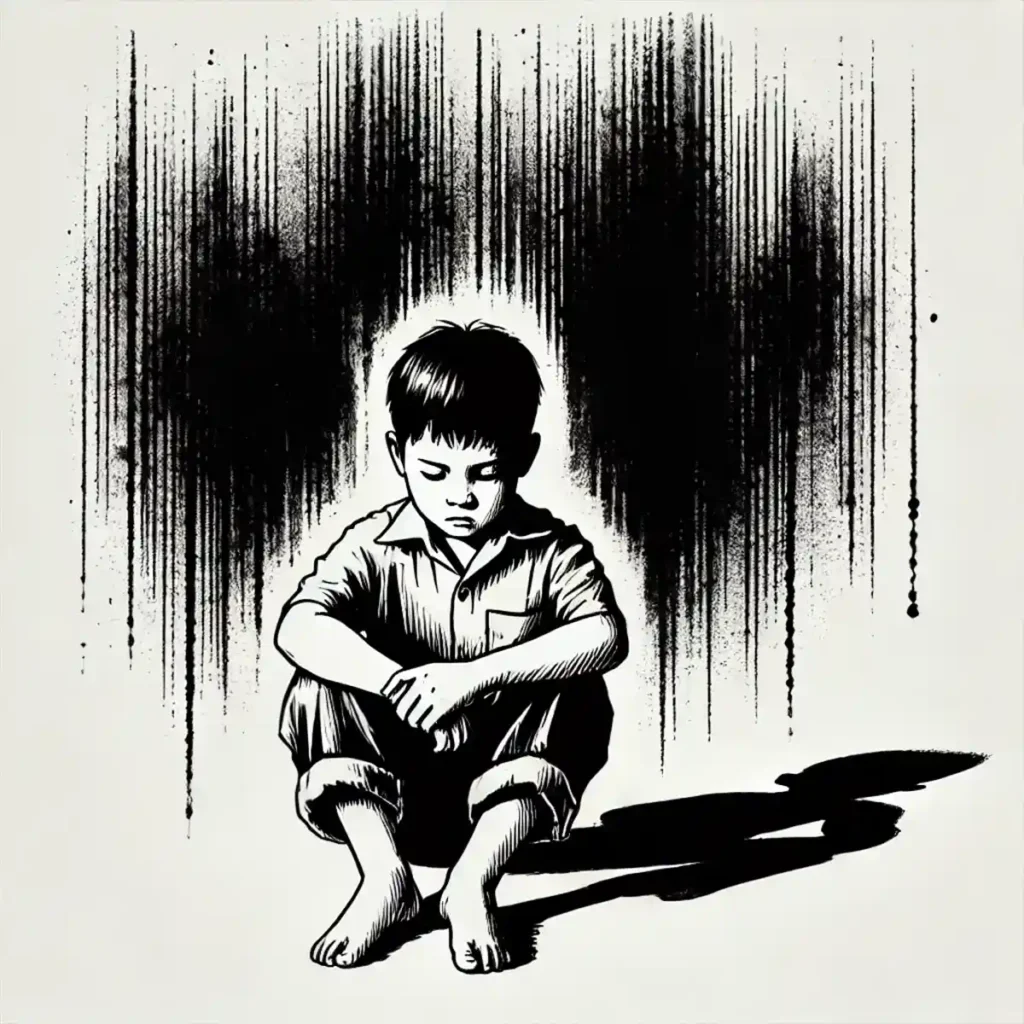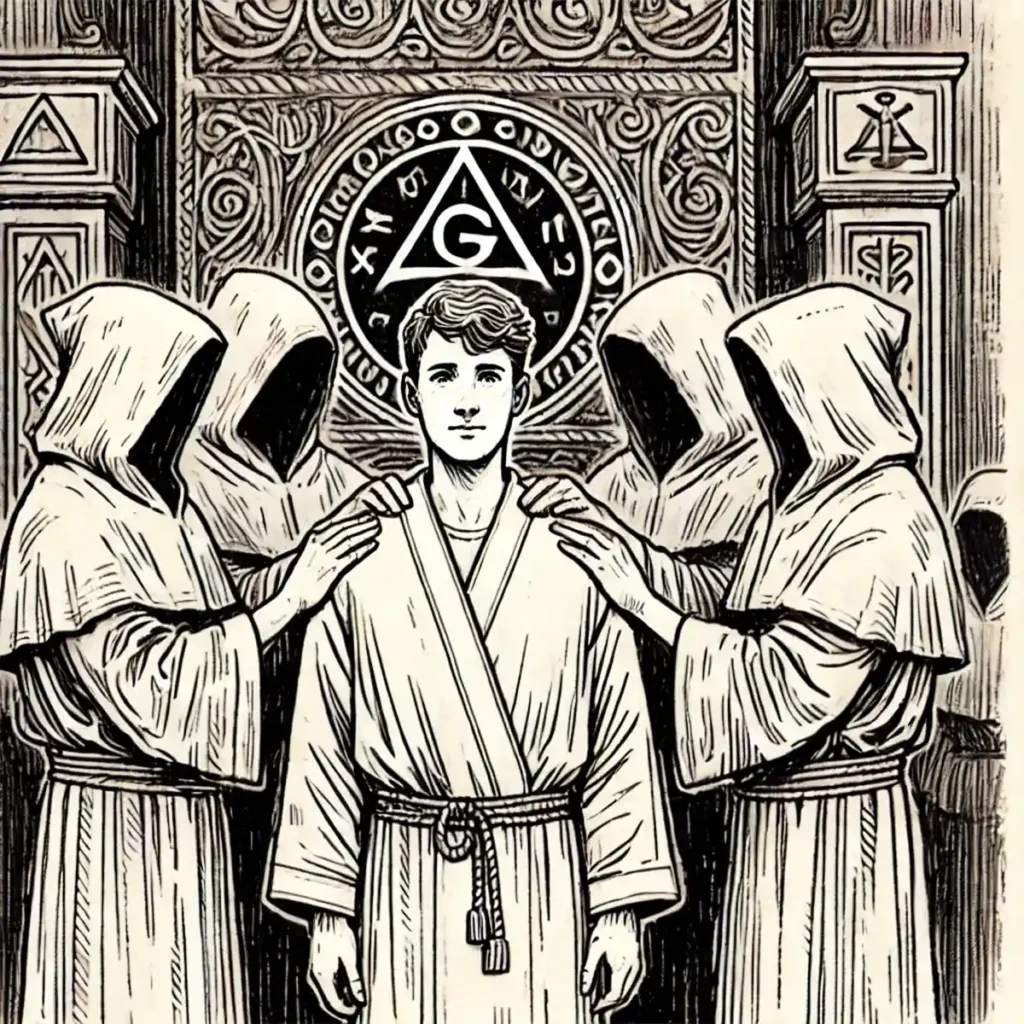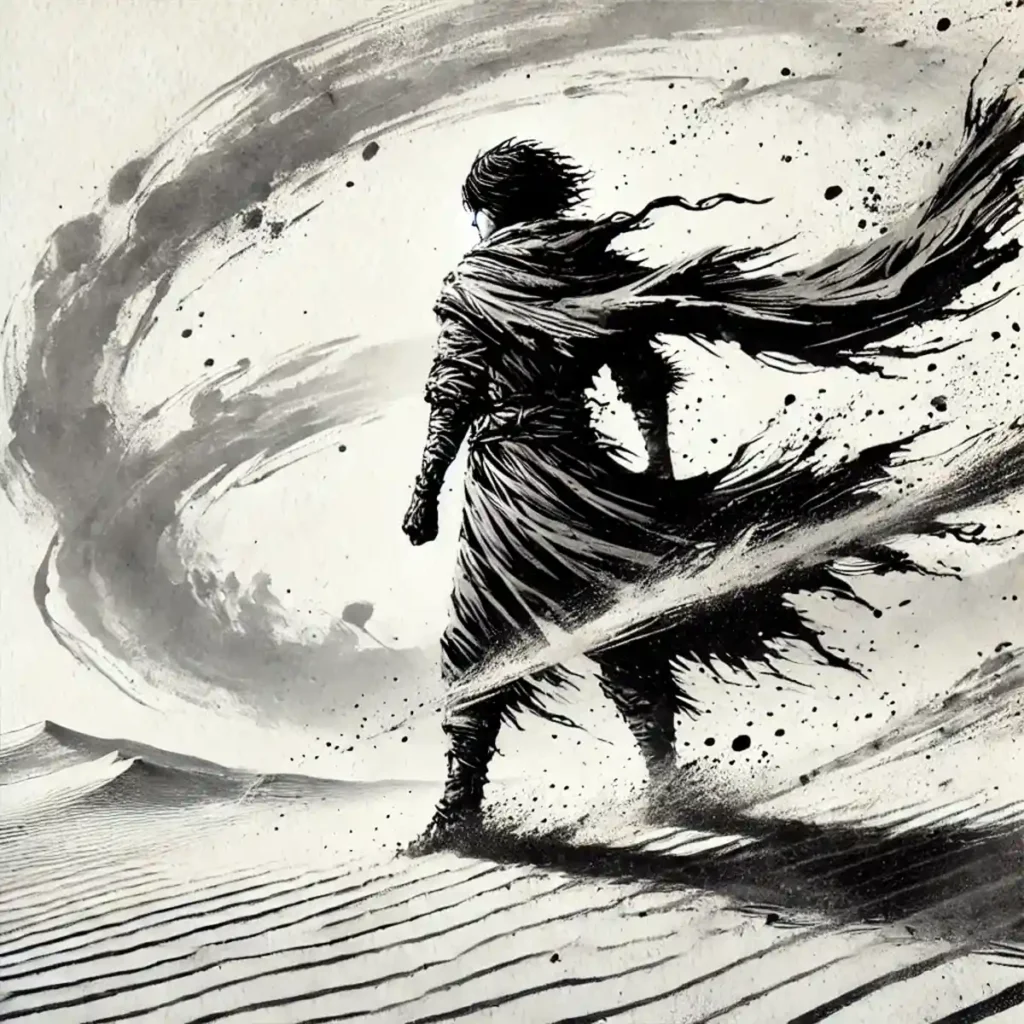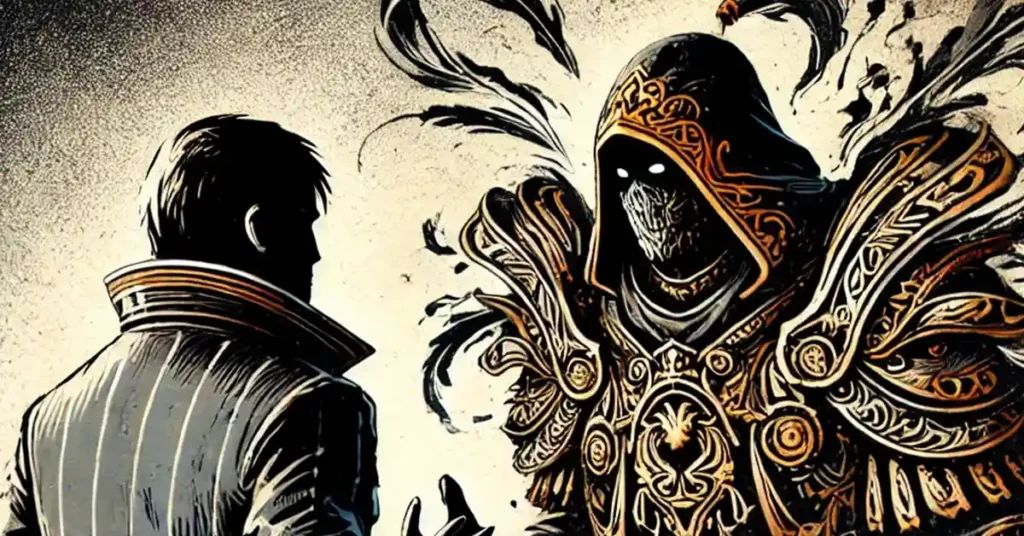Adam Foster’s character development in The Silent Guardian is built on layers of emotional trauma, resilience, and growth. Understanding his backstory, motivations, and internal struggles provides powerful insights for authors who wish to craft emotionally resonant characters.

Early Life: Silence and Isolation
From a young age, Adam Foster was raised within a strict, isolated community bound by an unwavering oath of silence. Communication was limited to sign language, instilling a profound sense of solitude and discipline that would define his character.
Author Insight: A character’s upbringing significantly shapes their emotional responses. Isolation can deepen emotional complexity and internal conflict.
Adolescence: Trauma and Mistrust
At thirteen, Adam’s trust was shattered by a traumatic event involving betrayal from those closest to him. This pivotal moment embedded deep mistrust and independence, driving his internal conflict throughout the story. Read the first chapter to find out more!
Author’s Tip: Traumatic events can effectively anchor a character’s internal struggle and inform their future actions and decisions.

Young Adulthood: Mentorship and Manipulation
Under his mentor, Philip, Adam learned discipline and survival but also faced ethical dilemmas. Philip’s mentorship shaped Adam’s understanding of duty and obedience but also seeded deeper doubts about his role and identity.
Author’s Tip: Complex mentor relationships help to deepen characters by forcing them to question their values and beliefs.
Missions: Confronting Moral Ambiguity
Adam’s early missions involved morally complex tasks that heightened his internal struggles and doubts about his organization’s true intentions. These missions revealed the layers of Adam’s emotional complexity.
Author’s Tip: Placing characters in morally ambiguous situations can effectively explore their values and force growth through internal conflict.

The Present: Self-Discovery and Rebellion
Adam’s ultimate transformation occurs as he confronts the truth behind his organization and faces personal revelations, such as discovering the existence and tragic loss of his sister Clara. These events force him from silent obedience into assertive rebellion, solidifying his emotional journey.
Author’s Tip: Characters who evolve through confronting uncomfortable truths provide readers with deeply compelling and relatable narratives.
Conclusion
Adam Foster’s emotional journey demonstrates how carefully layered backstories and internal conflicts can create rich, believable characters. Authors should strive to integrate past experiences meaningfully, allowing characters’ emotional arcs to drive their decisions authentically.
Crafting characters like Adam Foster means exploring the depths of human emotion, trauma, and resilience—ensuring readers stay emotionally invested from the first page to the last.
